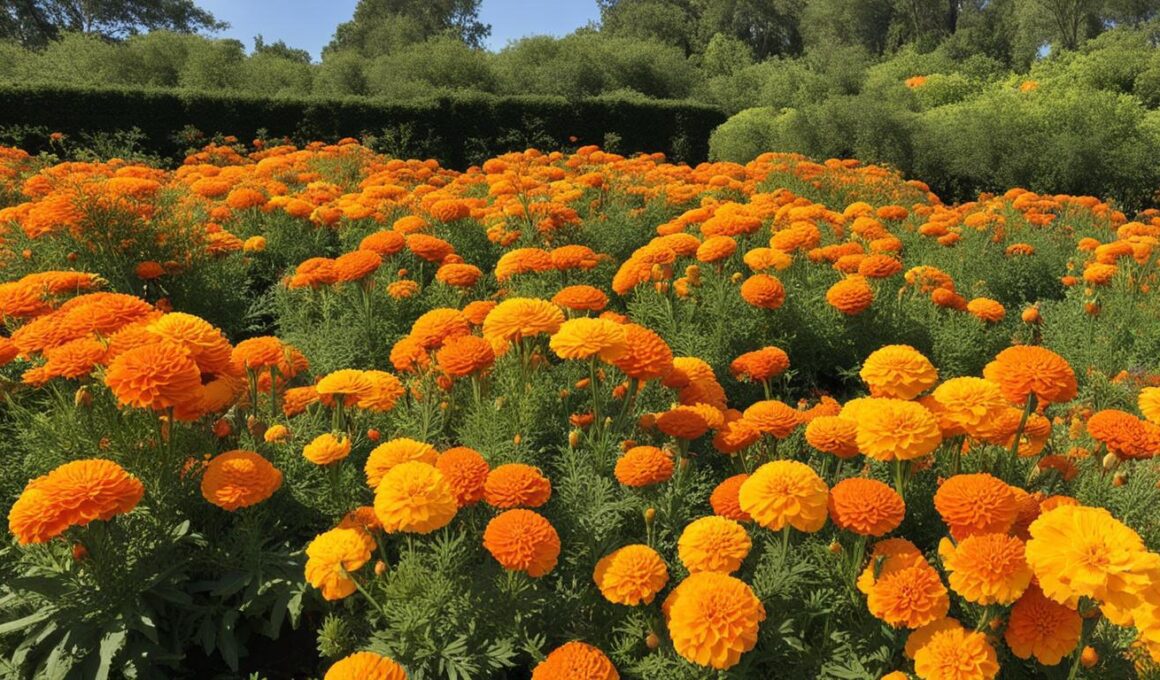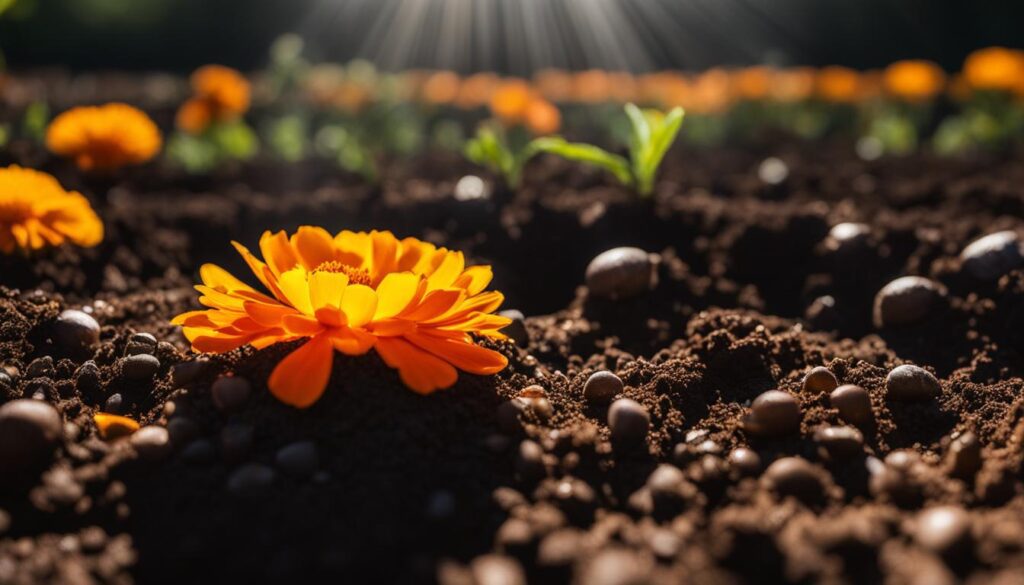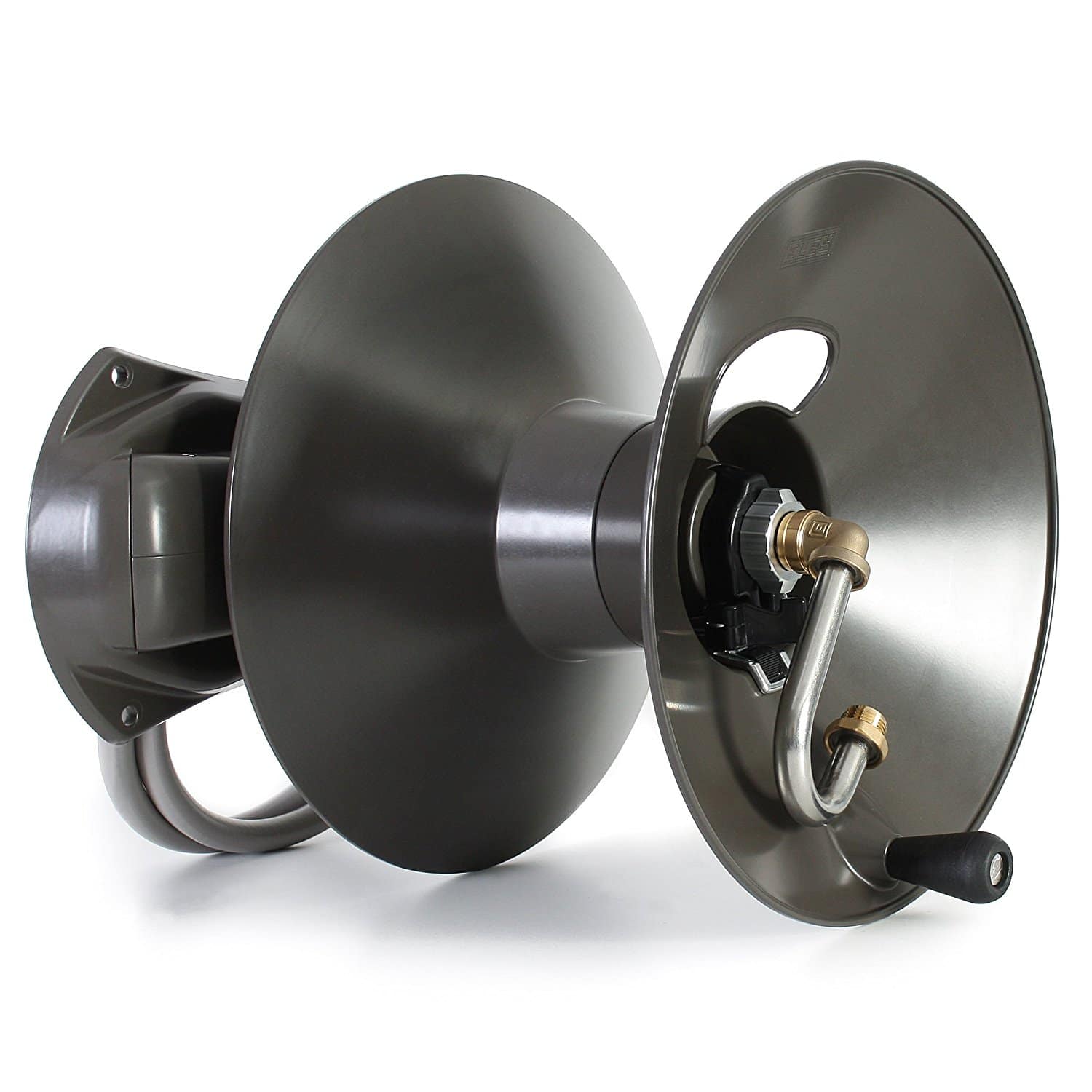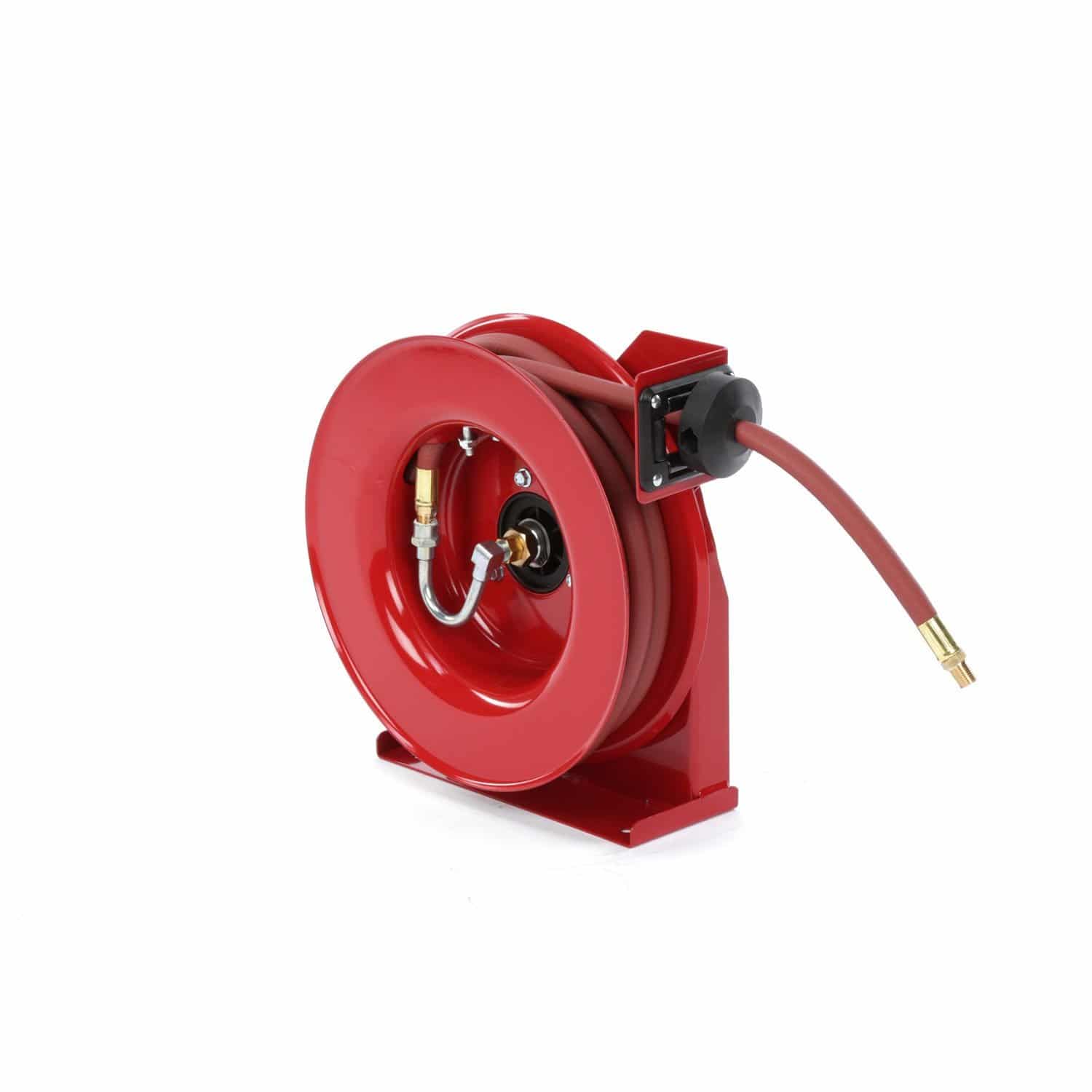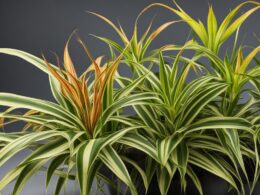If you’re considering adding marigolds to your garden, you may be wondering whether they are annuals or perennials. The truth is, it depends on the variety of marigold you choose. Understanding the classification of marigolds can help you plan and care for these beautiful flowers effectively.
Marigolds can be classified as either annuals or perennials, depending on the variety. Annual marigolds complete their lifecycle in one growing season and need to be replanted each year. On the other hand, perennial marigolds can regrow year after year, providing you with beautiful blooms season after season.
Now, let’s dive deeper into the fascinating world of marigolds and explore the different types, growing tips, and some fun facts surrounding these vibrant flowers.
Key Takeaways:
- Marigolds can be classified as annuals or perennials, depending on the variety.
- Annual marigolds complete their lifecycle in one growing season, while perennial marigolds can regrow year after year.
- Marigolds require moderately fertile soil, full sun conditions, and well-draining soil to thrive.
- French, African, and Signet marigolds are the main types of marigolds, each with its own characteristics and growing habits.
- Marigolds are known for their strong fragrance, pest-repelling properties, and vibrant range of colors.
Different Types of Marigolds: French, African, and Signet
Marigolds are a diverse group of flowers that come in various types, each with its own unique characteristics and growing habits. The three main types of marigolds are French marigolds, African marigolds, and Signet marigolds. Let’s take a closer look at each of these types:
French Marigolds (Tagetes patula)
French marigolds are known for their compact size and vibrant colors. They have a bushy growth habit, reaching heights between 6 and 12 inches. French marigolds come in both double and single flower varieties. They are popular for their ability to attract beneficial insects and repel pests. With their wide range of colors, including yellow, orange, and red, they add a pop of brightness to any garden.
African Marigolds (Tagetes erecta)
If you’re looking for larger marigold blooms, African marigolds are the way to go. These marigolds can grow up to 3 to 4 feet tall and produce flowers that can be as big as 5 inches in diameter. African marigolds come in shades of yellow, gold, and orange. With their impressive size and bold colors, they make excellent cut flowers and provide a stunning focal point in flower beds and borders.
Signet Marigolds (Tagetes tenuifolia)
Signet marigolds are the smallest variety of marigolds, typically reaching heights of no more than 6 inches. They have delicate, fern-like foliage and produce small, single row petals. One unique feature of Signet marigolds is that their flowers are edible, with a slightly spicy and citrusy flavor. They are often used as a garnish in salads and other culinary creations. These compact marigolds are great for container gardening or as borders along pathways.
| Marigold Type | Growth Height | Flower Size | Color Range | Edible Flowers |
|---|---|---|---|---|
| French Marigolds | 6-12 inches | Single and Double | Yellow, orange, red | No |
| African Marigolds | 3-4 feet | Double | Yellow, gold, orange | No |
| Signet Marigolds | Up to 6 inches | Single | Yellow, orange | Yes |
Growing Marigolds: Planting, Spacing, and Care Tips
If you’re looking to grow marigolds in your garden, it’s important to know the basics of planting, spacing, and care. By following these tips, you can ensure that your marigolds thrive and provide beautiful blooms throughout the growing season.
Planting Marigolds
Marigolds should be grown in garden beds, although Signet marigolds can also be grown in containers. They require full sun all day long, so choose a location that receives at least 6-8 hours of direct sunlight. Marigolds can be directly seeded in the garden once soil temperatures reach 65 degrees Fahrenheit. Alternatively, you can start them indoors in seed trays 4-6 weeks before the last frost date. Transplants can be planted in the garden after the danger of frost has passed.
Spacing Marigolds
When it comes to spacing marigolds, the distance depends on the variety. French and Signet marigolds can be spaced closer together to form a hedge, while African varieties should be spaced at least a foot apart. This spacing allows for proper air circulation and prevents overcrowding, which can lead to disease and pest problems.
Care Tips for Marigolds
Marigolds are relatively low-maintenance plants, but they still require some care to ensure their health and vitality. Here are a few care tips to keep in mind:
- Watering: Marigolds prefer the soil to dry out between watering. Water them at the base of the plant to avoid overhead water, which can lead to foliar diseases.
- Soil: Marigolds prefer well-draining soil with a pH between 6 and 7. Amend heavy clay soil with organic matter to improve drainage.
- Fertilization: Marigolds do not require frequent fertilization. A light application of balanced fertilizer at planting time is usually sufficient. Avoid over-fertilizing, as this can lead to excessive foliage growth with fewer blooms.
- Deadheading: Removing spent flowers, also known as deadheading, can help promote more blooms. Pinch off the faded flowers just above a healthy leaf node to encourage new growth.
By following these planting, spacing, and care tips, you can grow healthy and vibrant marigolds in your garden. These versatile flowers are sure to add a splash of color and beauty to your outdoor space!
Perennial Marigolds: Mexican Marigolds and Pot Marigolds
While marigolds are typically known as annual flowers, there are certain varieties that are considered perennial. Two such perennial marigolds are Mexican marigolds (Tagetes lemmoni) and pot marigolds (Calendula officinalis).
Mexican marigolds, also known as Tagetes lemmoni, are ever-blooming shrubs that produce bright yellow flowers. These hardy plants thrive in zones 8-11 and are characterized by their musky mint scent. With their vibrant blooms and perennial nature, Mexican marigolds can be a striking addition to any garden.
Pot marigolds, or Calendula officinalis, are another type of perennial marigold. These flowers are often used for their medicinal properties and can offer beautiful blooms year after year. Pot marigolds are versatile and can be grown both in garden beds and containers, making them a popular choice for many gardeners.
Consider incorporating these perennial marigolds into your garden to enjoy their long-lasting beauty and benefits.
Fun Facts about Marigolds
Marigolds are not only beautiful flowers but also fascinating plants with interesting facts worth knowing. Here are some fun facts about marigolds:
- Marigolds belong to the Asteraceae family, which includes other popular flowers like daisies, chrysanthemums, and zinnias. They are part of a diverse and colorful botanical family.
- The name “marigold” comes from the Old English word “meargealla,” which means “golden flower.” This name perfectly captures the vibrant and bright hues that marigolds are known for.
- Marigolds have a rich history. They were introduced to Europe by Spanish explorers in the late 15th century, and since then, they have become a beloved flower in gardens around the world.
- In India, marigolds hold great cultural significance. They are often used in religious ceremonies and festivities, including weddings, where they are believed to bring good luck and happiness.
- Did you know that marigolds have been used for centuries in traditional medicine? These flowers have been valued for their antiseptic and anti-inflammatory properties, and they have been used to treat various ailments, including skin conditions and digestive issues.
- Some entomologists suggest that French marigolds release a chemical that repels nematodes, which are microscopic worms that can damage plant roots. While this claim hasn’t been fully proven, it adds to the mystique surrounding marigolds.
Marigolds come in a wide range of colors, from vibrant yellows and oranges to deep reds and even white. Their bright and cheerful blooms can add a pop of color to any garden or floral arrangement.
“Marigolds are not only beautiful, but they also have a rich history and cultural significance. From their golden name to their diverse colors, marigolds are truly special flowers.” – Gardening Enthusiast
Explore the wonderful world of marigolds and discover the beauty and charm these flowers bring to gardens and landscapes. Their captivating colors, varied forms, and cultural connections make them a delightful addition to any outdoor space.
Fascinating Marigold Varieties
Marigolds offer a wide variety of options to choose from. Here are some popular marigold varieties and their unique characteristics:
| Variety | Description |
|---|---|
| French Marigolds | Compact plants with both double and single flowers. They come in various heights, ranging from 6 to 12 inches. |
| African Marigolds | Largest marigold variety, reaching heights of 3 to 4 feet. They have large, double flowers that can be up to 5 inches in diameter. |
| Signet Marigolds | Small, delicate marigolds that rarely exceed 6 inches in height. They have single row petals and their flowers are edible. |
Whether you’re captivated by the vibrant blooms of French marigolds or prefer the towering presence of African marigolds, there’s a marigold variety to suit every garden enthusiast’s preferences.
Tips for Growing Marigolds Successfully
When it comes to growing marigolds successfully, there are a few key tips you should keep in mind. Whether you’re a beginner or an experienced gardener, these tips will help you ensure that your marigolds thrive and produce beautiful blooms.
Choose the Right Location
Marigolds love full sun, so make sure you choose a location in your garden that receives at least 6-8 hours of direct sunlight each day. This will help promote healthy growth and abundant blooming. Additionally, marigolds prefer well-draining soil, so if your soil tends to be heavy or clay-like, consider mixing in some compost or organic matter to improve the drainage.
Water Wisely
Marigolds don’t like to sit in wet or soggy soil, so it’s important to water them wisely. Allow the soil to dry out slightly between waterings and water at the base of the plant rather than overhead. This will help prevent issues with fungal diseases and encourage deep root growth. Aim to provide about 1 inch of water per week, adjusting as needed depending on your climate and rainfall.
Prune and Deadhead Regularly
To keep your marigolds looking their best and to encourage more blooms, it’s important to prune and deadhead regularly. Pinch off any dead or faded flowers to prevent seed formation and promote continuous blooming. Additionally, if your marigolds start to get leggy or overly tall, you can prune them back by about one-third to promote bushier growth.
| Tips for Growing Marigolds Successfully |
|---|
| Choose the Right Location |
| Marigolds love full sun, so make sure you choose a location in your garden that receives at least 6-8 hours of direct sunlight each day. This will help promote healthy growth and abundant blooming. Additionally, marigolds prefer well-draining soil, so if your soil tends to be heavy or clay-like, consider mixing in some compost or organic matter to improve the drainage. |
| Water Wisely |
| Marigolds don’t like to sit in wet or soggy soil, so it’s important to water them wisely. Allow the soil to dry out slightly between waterings and water at the base of the plant rather than overhead. This will help prevent issues with fungal diseases and encourage deep root growth. Aim to provide about 1 inch of water per week, adjusting as needed depending on your climate and rainfall. |
| Prune and Deadhead Regularly |
| To keep your marigolds looking their best and to encourage more blooms, it’s important to prune and deadhead regularly. Pinch off any dead or faded flowers to prevent seed formation and promote continuous blooming. Additionally, if your marigolds start to get leggy or overly tall, you can prune them back by about one-third to promote bushier growth. |
By following these tips, you’ll be well on your way to growing marigolds successfully. Remember to choose the right location, water wisely, and prune and deadhead regularly. With a little care and attention, your marigolds will reward you with vibrant and long-lasting blooms throughout the growing season.
Are Marigolds Perennial Weeds or Annual Flowers?
Marigolds as weeds discovery can cause confusion. Marigolds are not weeds, they are actually annual flowers. With their vibrant colors and hardy nature, they add beauty to any garden. However, they can self-seed, giving the appearance of being perennial weeds if not properly maintained.
Conclusion
Marigolds, with their vibrant colors and easy cultivation, are a wonderful addition to any garden. Whether you prefer annual or perennial varieties, marigolds can bring beauty and joy to your outdoor space. French and African marigolds are popular choices for annual blooms, while Mexican marigolds and pot marigolds offer the option of perennial flowers.
By providing the right growing conditions, such as full sun and well-draining soil, you can ensure the successful growth of marigolds. Regular watering and deadheading can help promote more blooms and keep the plants healthy. Additionally, marigolds’ strong fragrance acts as a natural repellent against pests.
Whether you’re planting marigolds for their aesthetic appeal or their believed good luck, they are a versatile and rewarding addition to any garden. So go ahead, embrace the cheery colors and delightful scents of marigolds, and enjoy the beauty they bring to your outdoor space.
FAQ
Are marigolds annual or perennial plants?
Marigolds can be classified as both annuals and perennials, depending on the variety you choose to grow.
What are the different types of marigolds?
There are three main types of marigolds: French, African, and Signet.
How should I plant and care for marigolds?
Marigolds should be grown in garden beds or containers with full sun conditions. They should be directly seeded in the garden or started indoors in seed trays. Marigolds prefer well-draining soil and should be watered at the base of the plant. Deadheading can promote more blooms, and staking taller African varieties is recommended.
Are there any perennial varieties of marigolds?
Yes, Mexican marigolds and pot marigolds are considered perennial varieties.
What are some fascinating facts about marigolds?
Marigolds repel pests and nematodes, have religious and cultural significance in certain countries, and belong to the Asteraceae family.
What are some tips for successful marigold growth?
It is recommended to start marigold seeds indoors, remove rotting flowers, pinch off the top of the plant for bushier growth, and ensure the soil is well-draining.
How do I grow marigolds successfully?
Follow the planting and care tips mentioned earlier, and you can enjoy successful marigold growth in your garden.





